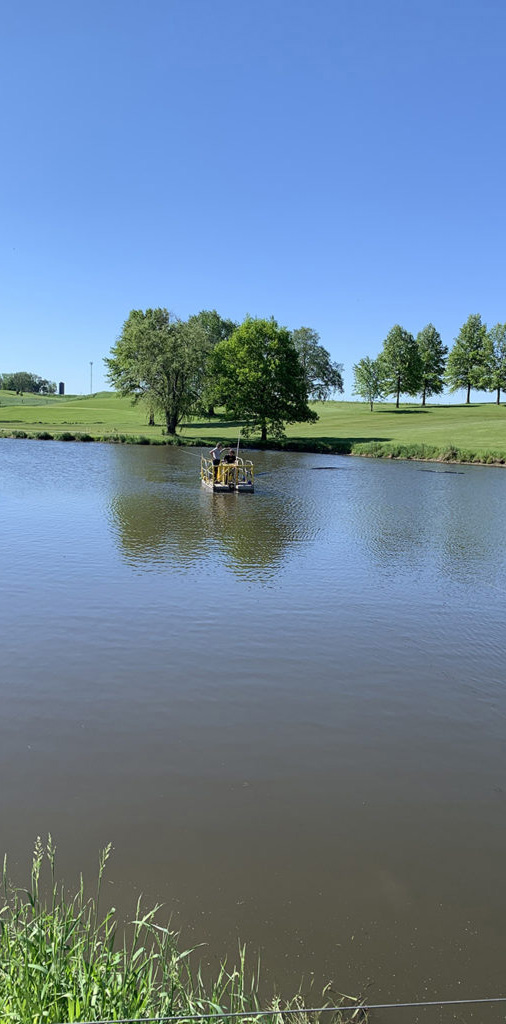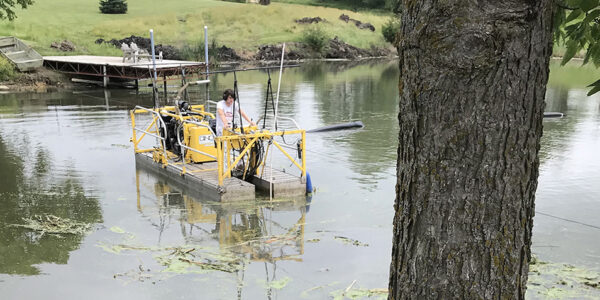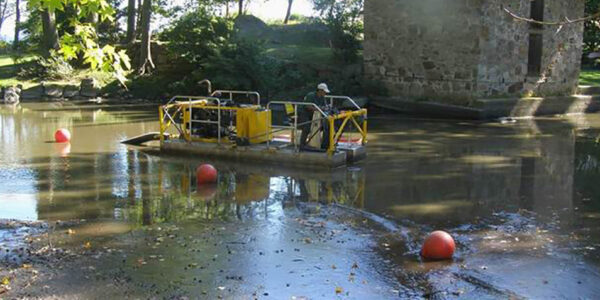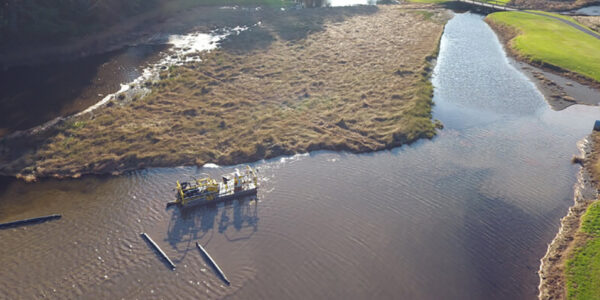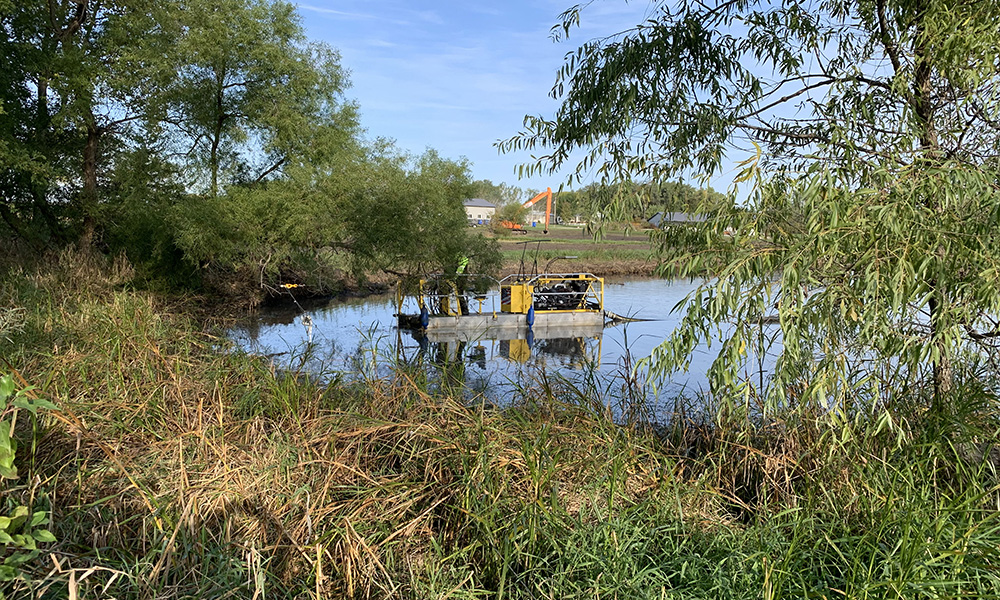
THE BASICS
Compact dredge creates a vacuum that sucks up and pumps out accumulated sludges and sediments from the bottom of a body of water. Excessive build-up can cause a series of issues and can lead to contamination that threatens aquatic plants and wildlife. We use dredging for many purposes.
Remove contaminants due to chemical spills, decayed plant buildup, storm water run off or sewage accumulation.
Dredging can assist in keeping waterways clean by removing trash and debris from the surface.
These contain stagnant water and often become mucky with a foul odor. Dredging removes accumulated sediment which then makes the body of water healthier.
Dredging helps restore the shoreline back to its original condition after a storm, natural or human-made disaster, and offshore mining cause the shore to erode. Dredging keeps the local ecosystem, plants, and wildlife intact and reverses the soil erosion effects.
By removing the accumulated debris, dredging restores the waterway to its original depth and condition. Dredging also removes trash, dead vegetation, and pollutants that gather up.
Removing sludge, debris, and trash keeps the water clean and preserves the ecosystems. Also remediates eutrophication, which is excess nutrients in the water due to runoff. By solving eutrophication, you stop excess plant growth, which can cause oxygen deprivation.
When sediment builds up on waterway bottoms, it reduces water depth. Dredging strips away accumulated debris, this reduces flooding risks and restores the body of water to its original depth.
POND AND LAGOON CLEANING
